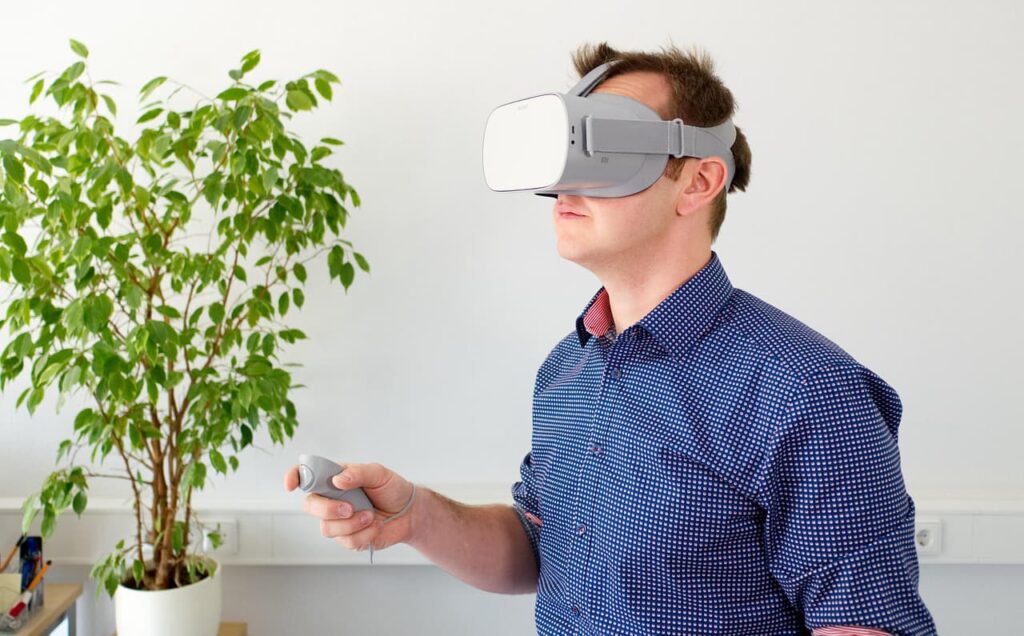You know how sometimes you stumble across your old flip phone in a drawer and think, “Did I really spend hours playing that pixelated snake game?” Well, you did. And honestly, we all did.
Back then, mobile gaming meant one thing: Snake. That blocky little creature that got longer every time it ate a dot, moving across a green-tinted screen that looked like it belonged in a calculator. No fancy graphics, no internet connection, no microtransactions asking for your credit card. Just pure, simple addiction wrapped in a Nokia 3310.
The Smartphone Changed Everything
Then Apple dropped the iPhone in 2007, and suddenly, everything we thought we knew about mobile gaming got flipped upside down. Touchscreens replaced physical keypads. App stores became digital playgrounds. And phones started packing enough processing power to run games that would’ve made your old Game Boy weep with envy.
Remember when Angry Birds launched? Everyone thought launching birds at pigs was the peak of mobile entertainment. Now we’ve got games like Call of Duty Mobile and Genshin Impact running console-quality graphics on devices that fit in your back pocket. It’s honestly mind-blowing when you think about it.
The shift wasn’t just about better technology, though. Developers figured out something crucial: mobile games needed to work differently from console games. People play them while waiting for the bus, during lunch breaks, or hiding in the bathroom at work. Short bursts of gameplay became the secret sauce.
Casinos Gaming Went Digital
Here’s where things get interesting. Online casinos jumped on the mobile bandwagon, too, and they’ve gotten incredibly sophisticated. Platforms offering no deposit bonuses, such as those located at https://bonusy-bez-depozytu.pl/darmowe-spiny/, have become accessible through apps that rival traditional video games in terms of user experience.
You can now play poker against real people while sitting on your couch, spin slot machines during your commute, or try your luck at blackjack from literally anywhere. The old image of smoky casino floors is being replaced by crystal-clear mobile interfaces that bring Vegas to your living room.
AR Gaming
But here’s where it gets really wild: augmented reality. Pokémon GO was just the beginning, honestly. That game proved people would actually get off their couches and walk around neighborhoods hunting virtual creatures. Millions of players turned parks, landmarks, and street corners into battlegrounds.
Now we’re looking at AR glasses and mixed reality headsets that make Pokémon GO look primitive. Imagine playing a first-person shooter where enemies duck behind your actual furniture, or exploring a fantasy dungeon that overlays your apartment hallway. The technology is moving so fast that what seemed impossible five years ago is already hitting the market.
The Convergence
What’s fascinating is how different types of mobile entertainment are starting to blur together. Gaming apps, casino platforms, and social media are borrowing features from each other. You might start playing a puzzle game, earn virtual currency, then use that currency in a poker tournament against other players.
Some casino apps now include RPG elements where you level up your avatar, complete quests, and unlock new games. Meanwhile, traditional video games are adding gambling-like mechanics through loot boxes and random rewards. The lines are getting fuzzy, and honestly, that’s making everything more interesting.
Smart Glasses

Meta’s smart glasses are just the beginning. Soon, you’ll slip on a pair of glasses, and your entire world becomes a potential game environment. That coffee table could become a poker table. Your backyard might transform into an alien planet. Your daily walk could turn into a treasure hunt.
The really crazy part is this isn’t science fiction anymore. The technology exists right now. Give it five years, and we’ll probably have lightweight glasses that make current smartphones look like ancient relics.
Why This Matters for Everyone
Mobile gaming has become the testing ground for how we’ll interact with technology in the future. The lessons learned from making games work on small screens with limited battery life are now being applied to everything from shopping apps to educational platforms.
Plus, let’s be real, mobile gaming is a huge business now. We’re talking about an industry worth billions annually, employing millions of people worldwide, and influencing how entire generations think about entertainment and social interaction.


